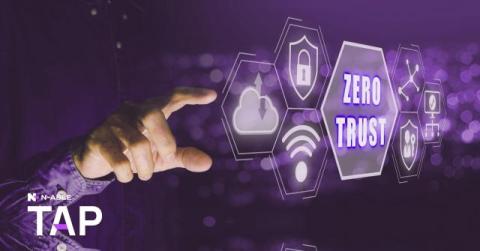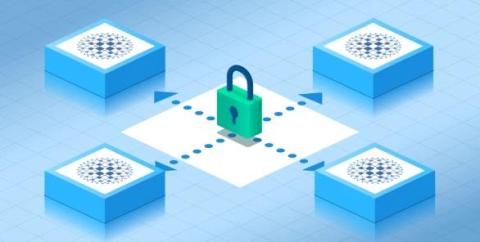How Are Cloud VPNs the Backbone of Secure Remote Access?
At a time when remote work and cloud-based solutions are shaping the business world, secure access to data has become essential. Cloud VPNs (Virtual Private Networks) are central to this process, offering secure, scalable, and efficient solutions for remote access. Unlike traditional VPNs, which operate on-premises, Cloud VPNs integrate directly with cloud environments, making them indispensable for modern organizations reliant on cloud infrastructures and remote workforces.










